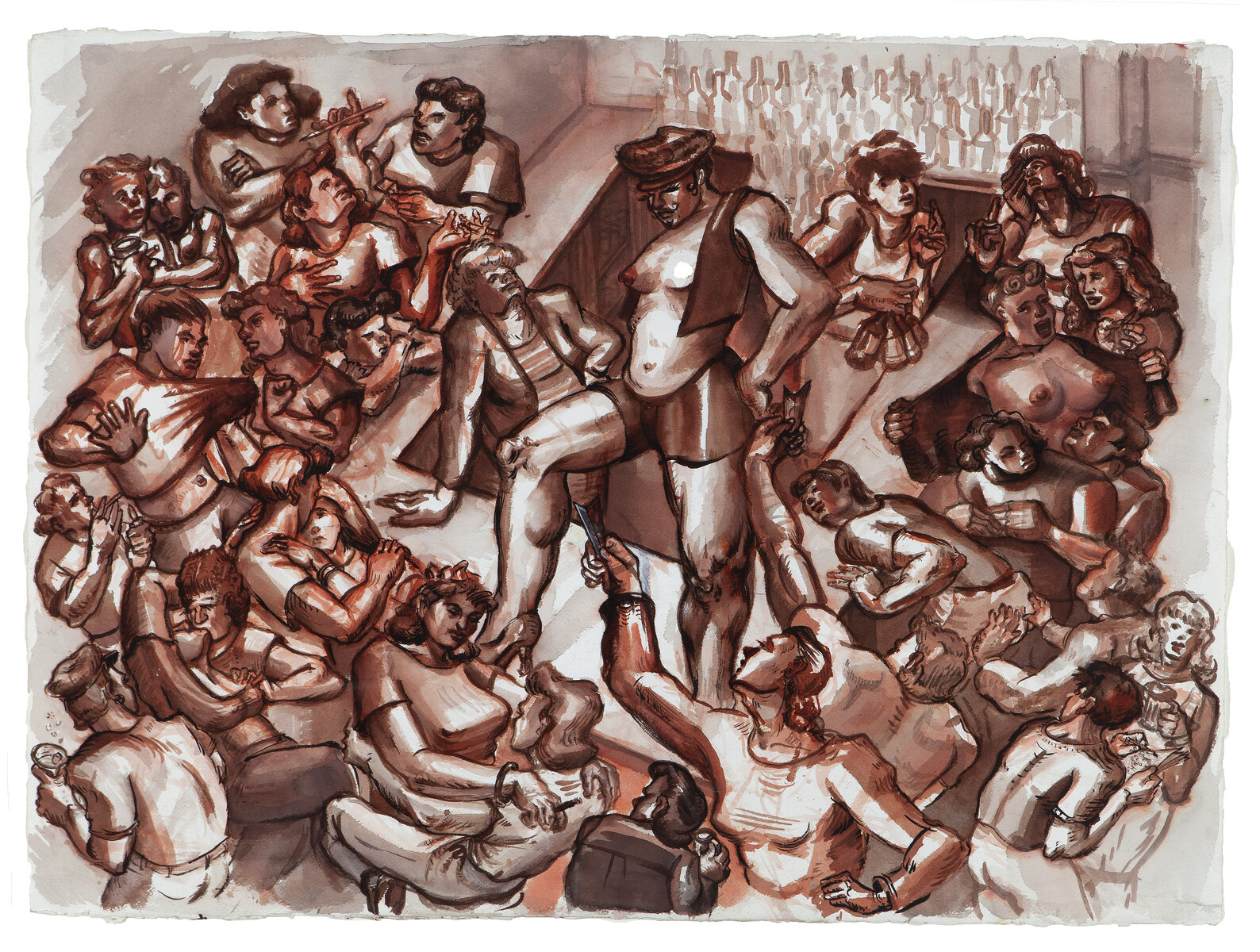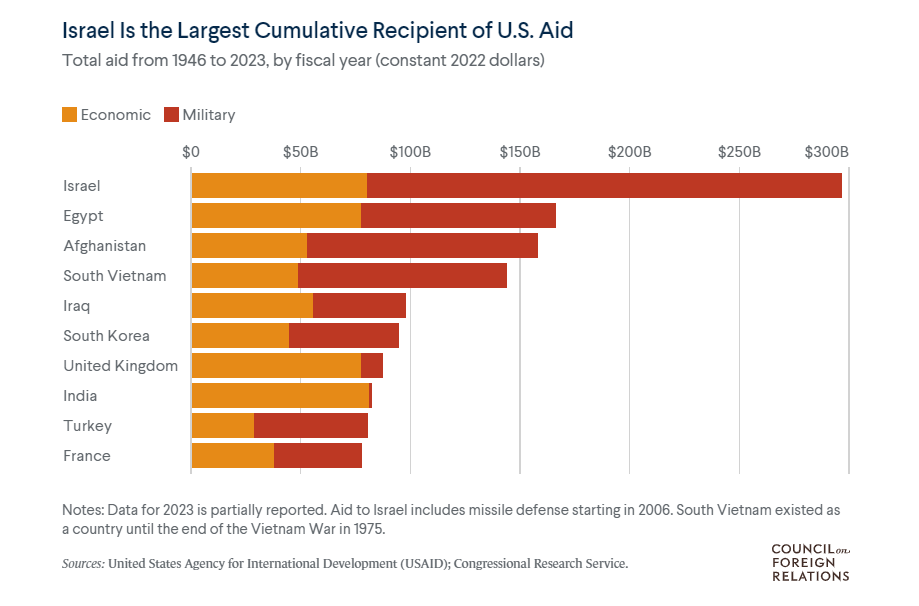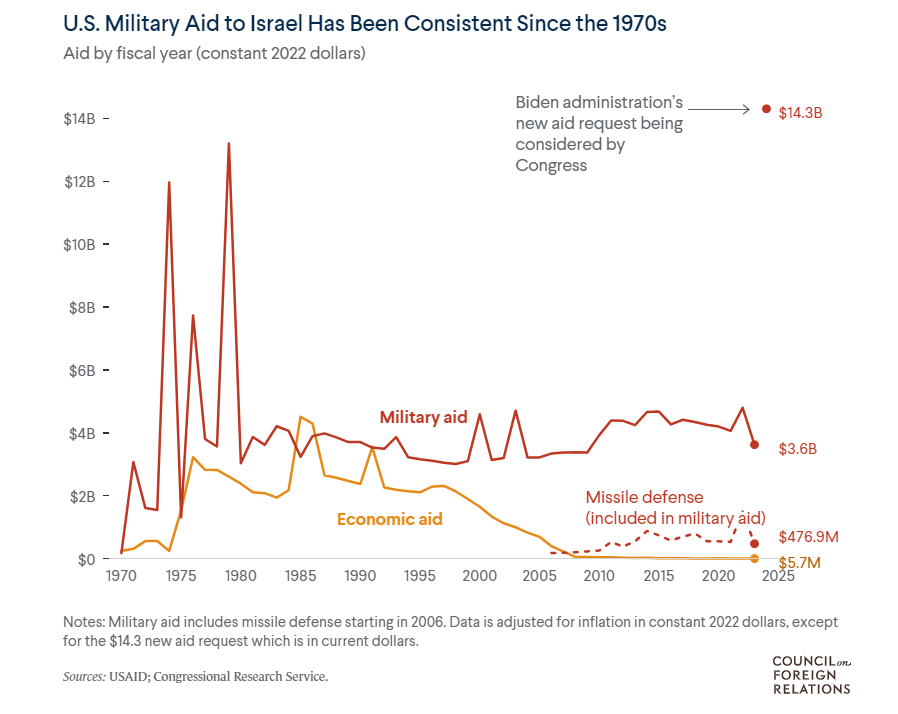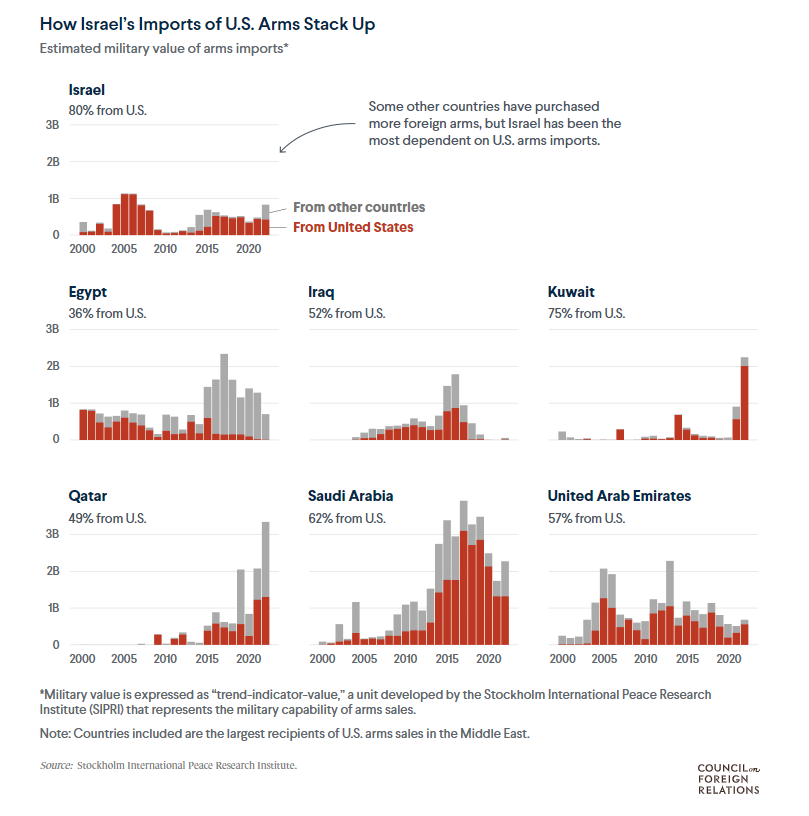Welcome to DU!
The truly grassroots left-of-center political community where regular people, not algorithms, drive the discussions and set the standards.
Join the community:
Create a free account
Support DU (and get rid of ads!):
Become a Star Member
Latest Breaking News
General Discussion
The DU Lounge
All Forums
Issue Forums
Culture Forums
Alliance Forums
Region Forums
Support Forums
Help & Search
Celerity
Celerity's Journal
Celerity's Journal
April 20, 2024

A top State Department official accepted the West African nation’s demand that American forces leave, a move the Biden administration had resisted
https://www.washingtonpost.com/national-security/2024/04/19/us-troops-niger/
https://archive.ph/SAEqe

Nigeriens participate in a demonstration in the capital, Niamey, on April 13 to demand the withdrawal of U.S. military personnel. (Mahamadou Hamidou/Reuters)
NAPLES, Italy — The United States informed the government of Niger on Friday that it agreed to its request to withdraw U.S. troops from the West African country, said three U.S. officials, a move the Biden administration had resisted and one that will transform Washington’s counterterrorism posture in the region. The agreement will spell the end of a U.S. troop presence that totaled more than 1,000 and throw into question the status of a $110 million U.S. air base that is only six years old. It is the culmination of a military coup last year that ousted the country’s democratically elected government and installed a junta that declared America’s military presence there “illegal.”
“The prime minister has asked us to withdraw U.S. troops, and we have agreed to do that,” a senior State Department official told The Washington Post in an interview. This official, like others, spoke on the condition of anonymity to discuss the sensitive situation. The decision was sealed in a meeting earlier Friday between Deputy Secretary of State Kurt Campbell and Niger’s prime minister, Ali Lamine Zeine. “We’ve agreed to begin conversations within days about how to develop a plan” to withdraw troops, said the senior State Department official. “They’ve agreed that we do it in an orderly and responsible way. And we will need to probably dispatch folks to Niamey to sit down and hash it out. And that of course will be a Defense Department project.” A Pentagon spokesman did not immediately offer comment.
The United States had paused its security cooperation with Niger, limiting U.S. activities — including unarmed drone flights. But U.S. service members have remained in the country, unable to fulfill their responsibilities and feeling left in the dark by leadership at the U.S. Embassy as negotiations continued, according to a recent whistleblower complaint. The Sahel region, including neighboring Mali and Burkina Faso, has become a global hot spot for Islamist extremism in recent years, and Niger saw such attacks spike dramatically following the coup. For U.S. officials who viewed the base as an important counterterrorism asset, the withdrawal agreement is a significant setback. “I think it’s undeniable that it was a platform in a unique part of African geography,” the State Department official said.
For years, the Pentagon has deployed a mix of mostly Air Force and Army personnel to Niger to support a mission scrutinizing militant groups in the region. Until the coup last year, the arrangement included counterterrorism drones flights and U.S. and Nigerien troops partnering on some patrols. Niger’s eviction notice last month followed tense meetings with top officials from the State Department and the Pentagon, whom Nigerien leaders accused of attempting to dictate that the West African nation have no relationship with Iran, Russia or other U.S. adversaries. Efforts by top American officials to persuade Niger to get back on a democratic pathway so that U.S. assistance could resume have made little headway.
snip
U.S. agrees to withdraw American troops from Niger

A top State Department official accepted the West African nation’s demand that American forces leave, a move the Biden administration had resisted
https://www.washingtonpost.com/national-security/2024/04/19/us-troops-niger/
https://archive.ph/SAEqe

Nigeriens participate in a demonstration in the capital, Niamey, on April 13 to demand the withdrawal of U.S. military personnel. (Mahamadou Hamidou/Reuters)
NAPLES, Italy — The United States informed the government of Niger on Friday that it agreed to its request to withdraw U.S. troops from the West African country, said three U.S. officials, a move the Biden administration had resisted and one that will transform Washington’s counterterrorism posture in the region. The agreement will spell the end of a U.S. troop presence that totaled more than 1,000 and throw into question the status of a $110 million U.S. air base that is only six years old. It is the culmination of a military coup last year that ousted the country’s democratically elected government and installed a junta that declared America’s military presence there “illegal.”
“The prime minister has asked us to withdraw U.S. troops, and we have agreed to do that,” a senior State Department official told The Washington Post in an interview. This official, like others, spoke on the condition of anonymity to discuss the sensitive situation. The decision was sealed in a meeting earlier Friday between Deputy Secretary of State Kurt Campbell and Niger’s prime minister, Ali Lamine Zeine. “We’ve agreed to begin conversations within days about how to develop a plan” to withdraw troops, said the senior State Department official. “They’ve agreed that we do it in an orderly and responsible way. And we will need to probably dispatch folks to Niamey to sit down and hash it out. And that of course will be a Defense Department project.” A Pentagon spokesman did not immediately offer comment.
The United States had paused its security cooperation with Niger, limiting U.S. activities — including unarmed drone flights. But U.S. service members have remained in the country, unable to fulfill their responsibilities and feeling left in the dark by leadership at the U.S. Embassy as negotiations continued, according to a recent whistleblower complaint. The Sahel region, including neighboring Mali and Burkina Faso, has become a global hot spot for Islamist extremism in recent years, and Niger saw such attacks spike dramatically following the coup. For U.S. officials who viewed the base as an important counterterrorism asset, the withdrawal agreement is a significant setback. “I think it’s undeniable that it was a platform in a unique part of African geography,” the State Department official said.
For years, the Pentagon has deployed a mix of mostly Air Force and Army personnel to Niger to support a mission scrutinizing militant groups in the region. Until the coup last year, the arrangement included counterterrorism drones flights and U.S. and Nigerien troops partnering on some patrols. Niger’s eviction notice last month followed tense meetings with top officials from the State Department and the Pentagon, whom Nigerien leaders accused of attempting to dictate that the West African nation have no relationship with Iran, Russia or other U.S. adversaries. Efforts by top American officials to persuade Niger to get back on a democratic pathway so that U.S. assistance could resume have made little headway.
snip
April 20, 2024

https://www.washingtonpost.com/opinions/2024/04/19/israel-iran-retaliate-diplomacy/
https://archive.ph/AxQng

One rule for containing a crisis is to keep your mouth shut, and the United States, Israel and Iran were all doing a pretty good job at that Friday after Israeli strikes near the Iranian city of Isfahan. Maybe the silence was the real message — a desire on all sides to prevent escalation by word or deed. Over the past week, we’ve seen what looks to me like a considered decision by Israel to subtly reshape its strategy for deterring Iran and Iranian proxies Hamas and Hezbollah. Israeli deterrence is usually about massive use of offensive military force — a roundhouse punch that seeks to compel compliance through coercion.
But this time was different. When Iran launched a missile and drone barrage last weekend in retaliation for Israel’s April 1 strike on Iranian military leaders in Damascus, Syria, Israel used its Iron Dome defense system and help from allies to absorb the blow. The reported destruction of 99 percent of Iran’s incoming munitions was an astonishing display of missile defense. Some Israelis wanted to respond immediately with a big counter-barrage. But under pressure from President Biden, they waited. When the Israeli response came early Friday, it was muted. Iranian and Israeli reports suggest that the Israeli air force attacked a site near some of Iran’s largest nuclear facilities. Those facilities weren’t damaged, according to the International Atomic Energy Agency. But Israel sent the message that it can penetrate Iranian air defenses and hit strategic targets when it chooses.
Israel wanted the last word in this exchange, and it seems to have succeeded. Russian Foreign Minister Sergei Lavrov said Friday, after talks with officials in Tehran, that “Iran does not want an escalation.” Iranian public statements scoffed at the limited action, but Israel showed it can strike when it wants — in this case a jab, but next time, maybe not. In this sense, Israel maintained what strategists call “escalation dominance.” It landed the first blow and the last one. How to explain Israel’s actions over the past week? What accounts for its restraint, in a situation where hawks in the Israeli government were screaming for all-out assault?
Here’s my take: Israel is behaving like the leader of a regional coalition against Iran. In its measured response, it appeared to be weighing the interests of its allies in this coalition — Saudi Arabia, the United Arab Emirates, Jordan — which all provided quiet help in last weekend’s shoot-down. It’s playing the long game, in other words. This would amount to a paradigm shift for Israel. Rather than seeing itself as the embattled Jewish state fighting alone for its survival against a phalanx of Arab and Muslim enemies, Israel knows that it has allies. Top of the list, as always, is the United States. But America is joined by Arab states that oppose Iran and its proxies as much as the Israelis do. That’s the new shape of the Middle East. But for now, at least, this ripening friendship between Israel and its former adversaries in the region must remain unspoken.
snip
The unspoken story of why Israel didn't clobber Iran

https://www.washingtonpost.com/opinions/2024/04/19/israel-iran-retaliate-diplomacy/
https://archive.ph/AxQng

One rule for containing a crisis is to keep your mouth shut, and the United States, Israel and Iran were all doing a pretty good job at that Friday after Israeli strikes near the Iranian city of Isfahan. Maybe the silence was the real message — a desire on all sides to prevent escalation by word or deed. Over the past week, we’ve seen what looks to me like a considered decision by Israel to subtly reshape its strategy for deterring Iran and Iranian proxies Hamas and Hezbollah. Israeli deterrence is usually about massive use of offensive military force — a roundhouse punch that seeks to compel compliance through coercion.
But this time was different. When Iran launched a missile and drone barrage last weekend in retaliation for Israel’s April 1 strike on Iranian military leaders in Damascus, Syria, Israel used its Iron Dome defense system and help from allies to absorb the blow. The reported destruction of 99 percent of Iran’s incoming munitions was an astonishing display of missile defense. Some Israelis wanted to respond immediately with a big counter-barrage. But under pressure from President Biden, they waited. When the Israeli response came early Friday, it was muted. Iranian and Israeli reports suggest that the Israeli air force attacked a site near some of Iran’s largest nuclear facilities. Those facilities weren’t damaged, according to the International Atomic Energy Agency. But Israel sent the message that it can penetrate Iranian air defenses and hit strategic targets when it chooses.
Israel wanted the last word in this exchange, and it seems to have succeeded. Russian Foreign Minister Sergei Lavrov said Friday, after talks with officials in Tehran, that “Iran does not want an escalation.” Iranian public statements scoffed at the limited action, but Israel showed it can strike when it wants — in this case a jab, but next time, maybe not. In this sense, Israel maintained what strategists call “escalation dominance.” It landed the first blow and the last one. How to explain Israel’s actions over the past week? What accounts for its restraint, in a situation where hawks in the Israeli government were screaming for all-out assault?
Here’s my take: Israel is behaving like the leader of a regional coalition against Iran. In its measured response, it appeared to be weighing the interests of its allies in this coalition — Saudi Arabia, the United Arab Emirates, Jordan — which all provided quiet help in last weekend’s shoot-down. It’s playing the long game, in other words. This would amount to a paradigm shift for Israel. Rather than seeing itself as the embattled Jewish state fighting alone for its survival against a phalanx of Arab and Muslim enemies, Israel knows that it has allies. Top of the list, as always, is the United States. But America is joined by Arab states that oppose Iran and its proxies as much as the Israelis do. That’s the new shape of the Middle East. But for now, at least, this ripening friendship between Israel and its former adversaries in the region must remain unspoken.
snip
April 20, 2024

One of our most celebrated living artists is the subject of a superb retrospective at the Museum of Contemporary Art Chicago
https://www.washingtonpost.com/entertainment/art/2024/04/19/nicole-eisenman-what-happened-chicago/
https://archive.ph/vhXNH

If Nicole Eisenman were not there to make them acquainted, the paintings she makes in the morning wouldn’t recognize those she makes in the afternoon. Her artworks, the subject of a glorious career retrospective at the Museum of Contemporary Art Chicago, feel like determined exercises in how to bear the complexity of her own mind. Her prime method is dark humor. But there’s plenty of room, too, for righteous anger, tenderness and love.

Eisenman, 59, is our most inventive and irreverent — and often times our most startlingly intimate — contemporary painter. Her style is really several styles, across several media — not just painting but also printmaking, collage and sculpture. Her best-known works combine strains of socialist realism (both parodic and sincere) with cartoons, caricatures and flattened stylizations derived from modernist abstraction. She paints elaborate political allegories, intimate depictions of loneliness and screen dependency, and beautiful, at times breathtakingly ambitious pictures of parties, protests and gatherings in beer gardens.

At first, as you watch Eisenman switch between modes, something about the performance can feel hammy, like a costumed reenactment of a 19th-century séance. But the drama deepens, the hammy-ness mysteriously dissolves, and you can’t look away. Eisenman likes to work on a large scale and to pack her pictures with detail. A connoisseur of textures and colored patterns, she is alive to all the different varieties of work that paint can do in any given composition. She uses the paint’s facture not only to seduce but also, on occasion, to repel, converting the promise of sensuousness into ashes in the mouth.

Heads are important to her. One gallery at the MCA is filled with them, executed in every conceivable style and medium. Important, too, are toes and hands, often bulbously enlarged, cartoonlike, peculiarly foreshortened and made to do all kinds of psychic work. You can feel the influence of scores of artists behind what she does. The ones that came most often to my mind in Chicago were Max Beckmann (his taste for crowded compositions and allegory), Marsden Hartley (Eisenman’s huge sculptural installation explicitly honors him), Philip Guston and Neo Rauch.
snip











Nicole Eisenman is the most inventive U.S. painter working right now

One of our most celebrated living artists is the subject of a superb retrospective at the Museum of Contemporary Art Chicago
https://www.washingtonpost.com/entertainment/art/2024/04/19/nicole-eisenman-what-happened-chicago/
https://archive.ph/vhXNH

If Nicole Eisenman were not there to make them acquainted, the paintings she makes in the morning wouldn’t recognize those she makes in the afternoon. Her artworks, the subject of a glorious career retrospective at the Museum of Contemporary Art Chicago, feel like determined exercises in how to bear the complexity of her own mind. Her prime method is dark humor. But there’s plenty of room, too, for righteous anger, tenderness and love.

Eisenman, 59, is our most inventive and irreverent — and often times our most startlingly intimate — contemporary painter. Her style is really several styles, across several media — not just painting but also printmaking, collage and sculpture. Her best-known works combine strains of socialist realism (both parodic and sincere) with cartoons, caricatures and flattened stylizations derived from modernist abstraction. She paints elaborate political allegories, intimate depictions of loneliness and screen dependency, and beautiful, at times breathtakingly ambitious pictures of parties, protests and gatherings in beer gardens.

At first, as you watch Eisenman switch between modes, something about the performance can feel hammy, like a costumed reenactment of a 19th-century séance. But the drama deepens, the hammy-ness mysteriously dissolves, and you can’t look away. Eisenman likes to work on a large scale and to pack her pictures with detail. A connoisseur of textures and colored patterns, she is alive to all the different varieties of work that paint can do in any given composition. She uses the paint’s facture not only to seduce but also, on occasion, to repel, converting the promise of sensuousness into ashes in the mouth.

Heads are important to her. One gallery at the MCA is filled with them, executed in every conceivable style and medium. Important, too, are toes and hands, often bulbously enlarged, cartoonlike, peculiarly foreshortened and made to do all kinds of psychic work. You can feel the influence of scores of artists behind what she does. The ones that came most often to my mind in Chicago were Max Beckmann (his taste for crowded compositions and allegory), Marsden Hartley (Eisenman’s huge sculptural installation explicitly honors him), Philip Guston and Neo Rauch.
snip











April 20, 2024
Taylor Swift - The Prophecy + I Hate It Here (The Tortured Poets Department: The Anthology) 2024
April 20, 2024
Taylor Swift - Fortnight (feat. Post Malone) (Official Music Video)
10,729,709 views 10 hours ago
April 20, 2024

The 28 year-old is a social media sensation thanks to her healthy dishes that foodies love. She talks to Hannah Evans and shares recipes from her new book
https://www.thetimes.co.uk/article/emily-english-interview-cookbook-so-good-food-z8zkvgn3b
https://archive.ph/8MWes

Who would be your dream dinner party guest? I’ll tell you who probably isn’t top of the list: a nutritionist. Nobody wants a guest who is going to talk about the nutritional value of that second helping of tiramisu or third glass of wine. Except, everyone loves Emily English, a cook, author and arguably Instagram’s most famous nutritionist. The 28-year-old, who has a BSc in nutrition from King’s College London, has 1.2 million followers on her Instagram account (https://www.instagram.com/emthenutritionist/) and another 650,000 on TikTok, where videos of her recipes-for-two have become some of the hottest content on the internet. Forget what you know about nutritionists. There are no carrot sticks or green juice here. Instead, videos of her making her butter bean cacio e pepe, creamy almond curry, chicken and apricot kofta or her baked honey chipotle fish tacos rack up millions of views.

Friends my age — I’m 30 — lap up her content: the recipes are straightforward, nourishing and delicious. I am obsessed with her crispy parmesan smashed potatoes and herby potato, salmon and leek bake. And yes, I’ve made both of them at dinner parties, doubling or tripling quantities for larger groups. Broadly speaking, Instagram chefs fall into two categories. Those who make comforting indulgent dishes such as triple-cheese lasagne and croissant bread-and-butter pudding. And wellness influencers whose meal prep focuses less on flavour and more on maxing nutritional value with recipes that are either so joyless or so basic that it feels as if you are cooking from “My First Recipe Book”. English has hit a sweet spot in between. She doesn’t fall down any of the traditional “healthy” rabbit holes — there’s pasta, she uses olive oil and she loves dessert — and keeps things simple without stripping away the good stuff.

In her new book, So Good, which comes out next month, she has a recipe for a nutritionist-approved chicken katsu curry — Wagamama’s version would set you back nearly 1,000 calories, hers comes in at almost half that. Her fish and chips involve wholegrain breadcrumbs, potato wedges and peas lightly mashed with crème fraîche. Aptly, she even loves a full English breakfast — but swaps the bacon for Parma ham and tray-bakes it all in the oven. She has real foodie credentials too and must be the only nutritionist to feature on TopJaw — the viral Instagram video series that asks Michelin-starred chefs and restaurateurs for their quick-fire foodie recommendations. (She raved about the moisture content in the pizza dough at Bellillo’s in west London.)

“When I am cooking, I always think, how is what on my plate going to make me feel? Will it keep me energised? Is it going to keep me satisfied? Is it going to make me feel really tired afterwards? Is this how I want to start my day? It’s about more than just calories. I like to hybridise all of my knowledge about the fundamentals of nutrition with delicious, good food,” English explains over Zoom. “I encourage normality.” She wants people to keep an eye on the colour of what is on their plate over the calories listed on the back of packets. “Colour is nature’s multivitamin. Eating the rainbow sounds a bit childish but there are fundamentals behind it. For example, reds are a great source of lycopene, a fantastic antioxidant that is good for our skin. Or when was the last time you ate something purple?” Purple and blue foods are known for their anthocyanins, which support brain health.
snip



Meet Emily English, the London nutritionist everyone's talking about

The 28 year-old is a social media sensation thanks to her healthy dishes that foodies love. She talks to Hannah Evans and shares recipes from her new book
https://www.thetimes.co.uk/article/emily-english-interview-cookbook-so-good-food-z8zkvgn3b
https://archive.ph/8MWes

Who would be your dream dinner party guest? I’ll tell you who probably isn’t top of the list: a nutritionist. Nobody wants a guest who is going to talk about the nutritional value of that second helping of tiramisu or third glass of wine. Except, everyone loves Emily English, a cook, author and arguably Instagram’s most famous nutritionist. The 28-year-old, who has a BSc in nutrition from King’s College London, has 1.2 million followers on her Instagram account (https://www.instagram.com/emthenutritionist/) and another 650,000 on TikTok, where videos of her recipes-for-two have become some of the hottest content on the internet. Forget what you know about nutritionists. There are no carrot sticks or green juice here. Instead, videos of her making her butter bean cacio e pepe, creamy almond curry, chicken and apricot kofta or her baked honey chipotle fish tacos rack up millions of views.

Friends my age — I’m 30 — lap up her content: the recipes are straightforward, nourishing and delicious. I am obsessed with her crispy parmesan smashed potatoes and herby potato, salmon and leek bake. And yes, I’ve made both of them at dinner parties, doubling or tripling quantities for larger groups. Broadly speaking, Instagram chefs fall into two categories. Those who make comforting indulgent dishes such as triple-cheese lasagne and croissant bread-and-butter pudding. And wellness influencers whose meal prep focuses less on flavour and more on maxing nutritional value with recipes that are either so joyless or so basic that it feels as if you are cooking from “My First Recipe Book”. English has hit a sweet spot in between. She doesn’t fall down any of the traditional “healthy” rabbit holes — there’s pasta, she uses olive oil and she loves dessert — and keeps things simple without stripping away the good stuff.

In her new book, So Good, which comes out next month, she has a recipe for a nutritionist-approved chicken katsu curry — Wagamama’s version would set you back nearly 1,000 calories, hers comes in at almost half that. Her fish and chips involve wholegrain breadcrumbs, potato wedges and peas lightly mashed with crème fraîche. Aptly, she even loves a full English breakfast — but swaps the bacon for Parma ham and tray-bakes it all in the oven. She has real foodie credentials too and must be the only nutritionist to feature on TopJaw — the viral Instagram video series that asks Michelin-starred chefs and restaurateurs for their quick-fire foodie recommendations. (She raved about the moisture content in the pizza dough at Bellillo’s in west London.)

“When I am cooking, I always think, how is what on my plate going to make me feel? Will it keep me energised? Is it going to keep me satisfied? Is it going to make me feel really tired afterwards? Is this how I want to start my day? It’s about more than just calories. I like to hybridise all of my knowledge about the fundamentals of nutrition with delicious, good food,” English explains over Zoom. “I encourage normality.” She wants people to keep an eye on the colour of what is on their plate over the calories listed on the back of packets. “Colour is nature’s multivitamin. Eating the rainbow sounds a bit childish but there are fundamentals behind it. For example, reds are a great source of lycopene, a fantastic antioxidant that is good for our skin. Or when was the last time you ate something purple?” Purple and blue foods are known for their anthocyanins, which support brain health.
snip



April 20, 2024
Label: Dangerbird Records – none
Format: 3 x File, FLAC, MP3, WAV, WMA, Single, Stereo
Country: UK & Ireland
Released: Dec 4, 2009
Genre: Rock
Style: Indie Rock

Silversun Pickups - Substitution (2009)
Label: Dangerbird Records – none
Format: 3 x File, FLAC, MP3, WAV, WMA, Single, Stereo
Country: UK & Ireland
Released: Dec 4, 2009
Genre: Rock
Style: Indie Rock

April 20, 2024

Israel has long been the leading recipient of U.S. foreign aid, including military support. That aid has come under heightened scrutiny amid Israel’s monthslong war to eliminate Hamas.
https://www.cfr.org/article/us-aid-israel-four-charts

U.S. and Israeli army officers talk in front a US Patriot missile defense system. Jack Guez/Getty Images
The United States was the first country to recognize the provisional government of the state of Israel upon its founding in 1948, and it has for many decades been a strong and steady supporter of the Jewish state. Israel has received hundreds of billions of dollars in U.S. foreign aid in the post–World War II era, a level of support that reflects many factors, including a U.S. commitment to Israel’s security and the countries’ shared foreign policy interests in a volatile and strategically important part of the world. The two countries do not have a mutual defense pact, as the United States has with allies such as Japan and fellow members of the North Atlantic Treaty Organization (NATO). However, Israel is among a short list of “major non-NATO allies” and has privileged access to the most advanced U.S. military platforms and technologies.
About half of Americans hold favorable views of Israel, according to recent polls. But ongoing U.S. military aid to Israel has come under greater scrutiny amid Israel’s war with Hamas, now entering its seventh month. Israel is responding to the Palestinian militant group’s October 7 terrorist attack that killed more than 1,200 Israelis, the deadliest such attack in the country’s history. Some U.S. lawmakers and foreign leaders, the United Nations, human rights and activist groups, and other parties have voiced growing concern about the scale of Israel’s war to eliminate Hamas. They have been especially critical of its heavy bombing of the Gaza Strip, which has reportedly killed more than thirty-three thousand Palestinians—mostly civilians.
How much U.S. aid does Israel receive?
Israel has been the largest cumulative recipient of U.S. foreign aid since its founding, receiving about $300 billion (adjusted for inflation) in total economic and military assistance. The United States has also provided large foreign aid packages to other Middle Eastern countries, particularly Egypt and Iraq, but Israel stands apart.

The United States provided Israel considerable economic assistance from 1971 to 2007, but nearly all U.S. aid today goes to support Israel’s military, the most advanced in the region. The United States has provisionally agreed (via a memorandum of understanding) to provide Israel with nearly $4 billion a year through 2028, and U.S. lawmakers are considering billions of dollars in supplementary funding for Israel amid its war with Hamas.

snip


U.S. Aid to Israel in Four Charts

Israel has long been the leading recipient of U.S. foreign aid, including military support. That aid has come under heightened scrutiny amid Israel’s monthslong war to eliminate Hamas.
https://www.cfr.org/article/us-aid-israel-four-charts

U.S. and Israeli army officers talk in front a US Patriot missile defense system. Jack Guez/Getty Images
The United States was the first country to recognize the provisional government of the state of Israel upon its founding in 1948, and it has for many decades been a strong and steady supporter of the Jewish state. Israel has received hundreds of billions of dollars in U.S. foreign aid in the post–World War II era, a level of support that reflects many factors, including a U.S. commitment to Israel’s security and the countries’ shared foreign policy interests in a volatile and strategically important part of the world. The two countries do not have a mutual defense pact, as the United States has with allies such as Japan and fellow members of the North Atlantic Treaty Organization (NATO). However, Israel is among a short list of “major non-NATO allies” and has privileged access to the most advanced U.S. military platforms and technologies.
About half of Americans hold favorable views of Israel, according to recent polls. But ongoing U.S. military aid to Israel has come under greater scrutiny amid Israel’s war with Hamas, now entering its seventh month. Israel is responding to the Palestinian militant group’s October 7 terrorist attack that killed more than 1,200 Israelis, the deadliest such attack in the country’s history. Some U.S. lawmakers and foreign leaders, the United Nations, human rights and activist groups, and other parties have voiced growing concern about the scale of Israel’s war to eliminate Hamas. They have been especially critical of its heavy bombing of the Gaza Strip, which has reportedly killed more than thirty-three thousand Palestinians—mostly civilians.
How much U.S. aid does Israel receive?
Israel has been the largest cumulative recipient of U.S. foreign aid since its founding, receiving about $300 billion (adjusted for inflation) in total economic and military assistance. The United States has also provided large foreign aid packages to other Middle Eastern countries, particularly Egypt and Iraq, but Israel stands apart.

The United States provided Israel considerable economic assistance from 1971 to 2007, but nearly all U.S. aid today goes to support Israel’s military, the most advanced in the region. The United States has provisionally agreed (via a memorandum of understanding) to provide Israel with nearly $4 billion a year through 2028, and U.S. lawmakers are considering billions of dollars in supplementary funding for Israel amid its war with Hamas.

snip


April 19, 2024

https://www.liberalpatriot.com/p/the-deepening-diploma-divide

We are on track for a historically large education divide among white voters. An average of recent polls finds Joe Biden winning white college-educated voters by 18 points and losing white non-college voters by 27 points—a colossal gap of 45 points. Compared to 2020 results, Trump’s margin with non-college whites is holding steady, while Biden has significantly improved his standing with degree-holding whites.
Such Democratic improvement is certainly welcome for Team Biden, but not unexpected. College-educated white voters have been shifting blue for a decade, driven left by Trump and the GOP’s hardline cultural stances. The flip side of the demographic coin is that nonwhite voters, particularly those without a degree, are moving towards Republicans. Should current trends continue, education polarization—rather than racial—will become the defining feature of American elections.

White voters were not always polarized by education level. Throughout the 1980s and 90s, the white college and non-college vote tracked relatively closely. In 1992, for example, the divide was just two points: Bill Clinton lost college whites by one point and won non-college whites by one point. Such margins are unthinkable today.
The last time white education polarization reached even remotely similar heights was the 1960s—but the margins were reversed. In 1960, JFK won non-college whites, but lost college whites to Nixon by a 2-1 margin. In his landslide 1964 win, Lyndon Johnson nearly cleared 60 percent with non-college whites, but still lost college whites. Today, of course, Democratic margins with the white working class are near all-time lows, while their margins with college-educated voters continue to grow. The trend shows no sign of slowing in 2024.
snip
ELECTION 2024: The Deepening Diploma Divide

https://www.liberalpatriot.com/p/the-deepening-diploma-divide

We are on track for a historically large education divide among white voters. An average of recent polls finds Joe Biden winning white college-educated voters by 18 points and losing white non-college voters by 27 points—a colossal gap of 45 points. Compared to 2020 results, Trump’s margin with non-college whites is holding steady, while Biden has significantly improved his standing with degree-holding whites.
Such Democratic improvement is certainly welcome for Team Biden, but not unexpected. College-educated white voters have been shifting blue for a decade, driven left by Trump and the GOP’s hardline cultural stances. The flip side of the demographic coin is that nonwhite voters, particularly those without a degree, are moving towards Republicans. Should current trends continue, education polarization—rather than racial—will become the defining feature of American elections.

White voters were not always polarized by education level. Throughout the 1980s and 90s, the white college and non-college vote tracked relatively closely. In 1992, for example, the divide was just two points: Bill Clinton lost college whites by one point and won non-college whites by one point. Such margins are unthinkable today.
The last time white education polarization reached even remotely similar heights was the 1960s—but the margins were reversed. In 1960, JFK won non-college whites, but lost college whites to Nixon by a 2-1 margin. In his landslide 1964 win, Lyndon Johnson nearly cleared 60 percent with non-college whites, but still lost college whites. Today, of course, Democratic margins with the white working class are near all-time lows, while their margins with college-educated voters continue to grow. The trend shows no sign of slowing in 2024.
snip
Profile Information
Gender: FemaleHometown: London
Home country: US/UK/Sweden
Current location: Stockholm, Sweden
Member since: Sun Jul 1, 2018, 07:25 PM
Number of posts: 43,270